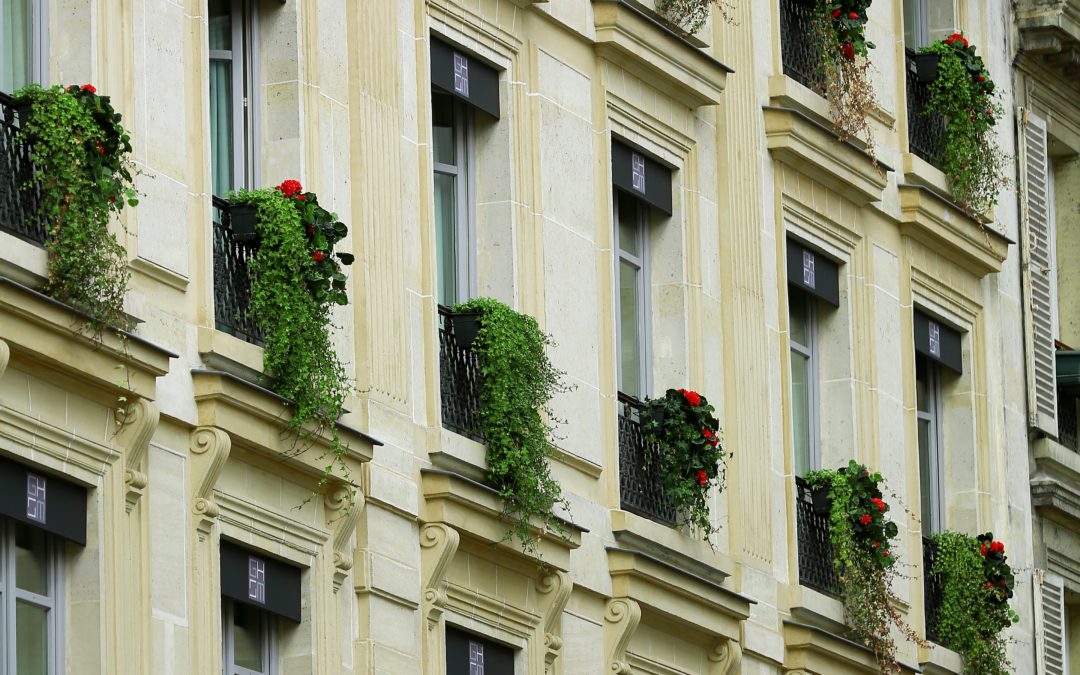Trying to keep the air clean is not an easy task in cities. Plants are a great way to naturally filter the air, but when land is scarce, there’s only one way to go — and that’s up into the sky.
That’s the big idea behind the construction of the Nanjing Vertical Forest, which is set to be fully built by 2018 and will bring thousands of trees and shrubs into the highly populated Pukou District of the city, absorbing tons of CO2 and producing abundant oxygen at the same time.
The studio led by Italian architect Stefano Boeri came up with the concept of Bosco Verticale, or Vertical Forest, to combine high-density residential development with tree planting in cityscapes. Yemen is currently facing population explosion. Such development could benefit citizens who may want to enjoy the greenery, gardening and fresh air in the comfort of their own homes in a compact, more affordable but functional space.
“The project is set to create a new standard for sustainable housing. As a new growth model for the regeneration of the urban environment, the design creates a biological habitat in a total area of 40,000 square meters,” said engineering firm Arup, who is working with Boeri Studio.
Large and small trees have been planted on balconies on all four sides of the towers, with 5,000 different kinds of shrubs and 11,000 floral plants. The design team claims that these will absorb dust in the air, helping to solve pollution in the city.
“This is a kind of biological architecture that refuses to adopt a strictly technological and mechanical approach to environmental sustainability,” said Boeri Studio in a press statement.
This isn’t the first vertical forest that Boeri has designed and built in fact, in Milan, Italy, they also have a pair of towers that resemble Nanjing structure. Construction began in 2009 and was completed in 2014, and the buildings are now residential structures.
